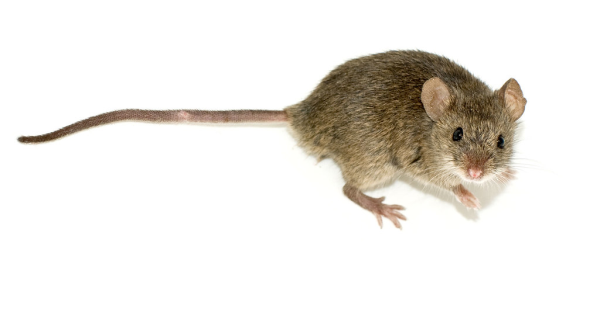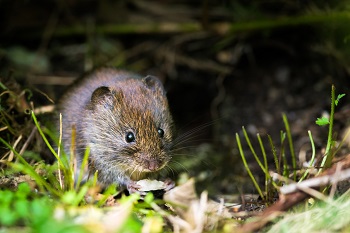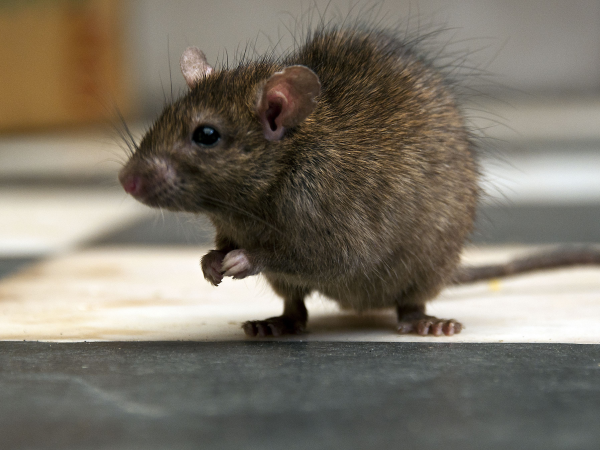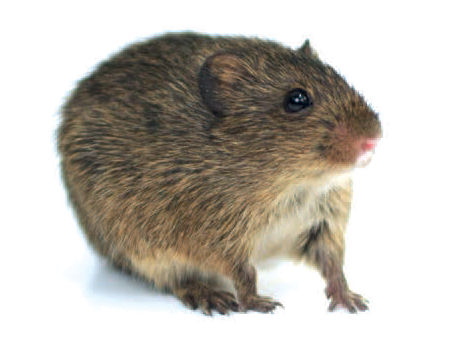Home » Pest Control Services » Rodents
Strib Pest Control offers specialized rodent control methods not available to the average homeowner in Southeastern Wisconsin. Our rodent eradication services prioritize the safety of humans, pets, and the environment. We begin with low-impact strategies, such as strategically placed, nontoxic traps and mechanical solutions. For larger infestations, particularly in commercial facilities, more intensive measures may be necessary to ensure complete elimination.
Mice and rodent infestations are common in homes and businesses across Wisconsin. At Strib Pest Management, we don’t charge upfront fees for our initial assessment. Our certified rodent experts will reach out to evaluate the situation and provide a tailored quote for an effective eradication plan. Unlike other pest control companies, we don’t offer cheap, ineffective solutions. Your rodent issue is our priority, and we’ll invest the time necessary to completely eliminate them from your home or commercial property.
Gnawed Wood & Plastic – Mice and rats will forage through walls and insulation, leaving holes in walls, gnawed wood, and chewed plastic.
Chewed Electrical Wiring – A more pervasive rodent infestation would present itself with chewed electrical wires inside the walls of your house.
Droppings and Nests – Mice and rats will build their nests out of soft materials found inside the walls of your house and will leave droppings everywhere.
Soft skittering at night – Late at night or during silent moments, you may be able to hear the soft skittering noises of rodents making their way through the walls and ductwork.

Deer mice are bicolored—light to reddish-brown tops and pure white feet and underbelly, resembling the color of a white-tailed deer. They grow up to 2 inches long and prefer areas with the least amount of human activity, like basements, garages, attics, and crawl spaces. While deer mice appear cute and cuddly, they carry Hantavirus, a respiratory disease fatal to humans.Deer mice are bicolored—light to reddish-brown tops and pure white feet and underbelly, resembling the color of a white-tailed deer. They grow up to 2 inches long and prefer areas with the least amount of human activity, like basements, garages, attics, and crawl spaces. While deer mice appear cute and cuddly, they carry Hantavirus, a respiratory disease fatal to humans.

House mice are light brown or light gray, growing up to 3 to 4 inches long with large ears, small eyes, and a pointed nose. They can squeeze into buildings and homes through a ¼ inch opening. Once inside, they prefer nesting near heat, moisture, and food.

Blackish-brown to grayish-brown, they grow as large as 5 inches from head to body, with tail lengths ranging from 2 to 3 inches. They usually nest in lower-level buildings, and homes and buildings near fields are at greater risk for vole infestation and damage from vole tunneling.

Roof rats are gray, brown, or black, with body lengths ranging between 10 and 12 inches. Their name derives from their preference for high places—trees, rafters, attics, and roofs. They prefer rural areas like farms, fields, and forests. You may find them in piles of firewood, in the insulation in attics and in between walls.

Norway rats vary in color from black to brown to gray, growing between 10 and 12 inches long. They are comfortable nesting outside in fields, forests, farms, vacant lots and piles of outdoor material. They usually come inside seeking new food sources in the fall when seeds and plants are gone. Norway rats enter buildings through holes near soffit vents, turbines and roof vents.

Cotton rats have coarse grayish-brown fur, a white belly and a shorter tail compared to other rats. They are often found in crawl spaces, basements, sheds and gardens, accessing buildings and structures through small holes or digging extensive burrow systems. When uncontrolled, cotton rats can cause considerable damage by gnawing on wires, pipes, and insulation.
Contact Strib Pest Control today for more information about our residential and commercial cricket extermination!
Many homeowners have tried ultrasonic devices to eliminate mice, only to find that the pests return after a week. Mice can adapt to the noise, and obstacles like furniture or boxes can block the sound waves, allowing them to find alternative paths.
Additionally, these devices may not be ideal for households with pets. While the sound is outside of human hearing range, it falls within the range of what cats and dogs can hear. There have been reports of pets being visibly disturbed by the high-frequency noise, making these devices an unreliable and potentially uncomfortable option for pet owners.
Instead of tackling a rodent problem on your own, trust the experts at Strib Pest Control. While other pest control companies may offer cheap, temporary solutions, we prioritize permanent eradication. Our approach is tailored to your specific situation, with no gimmicks or unnecessary add-ons. With automated billing, detailed digital reports, cutting-edge software, and real-time updates, we make the entire pest control process as simple and efficient as possible.
Contact Strib Pest Control today for more information about our residential and commercial Wisconsin Rodent pest control services!